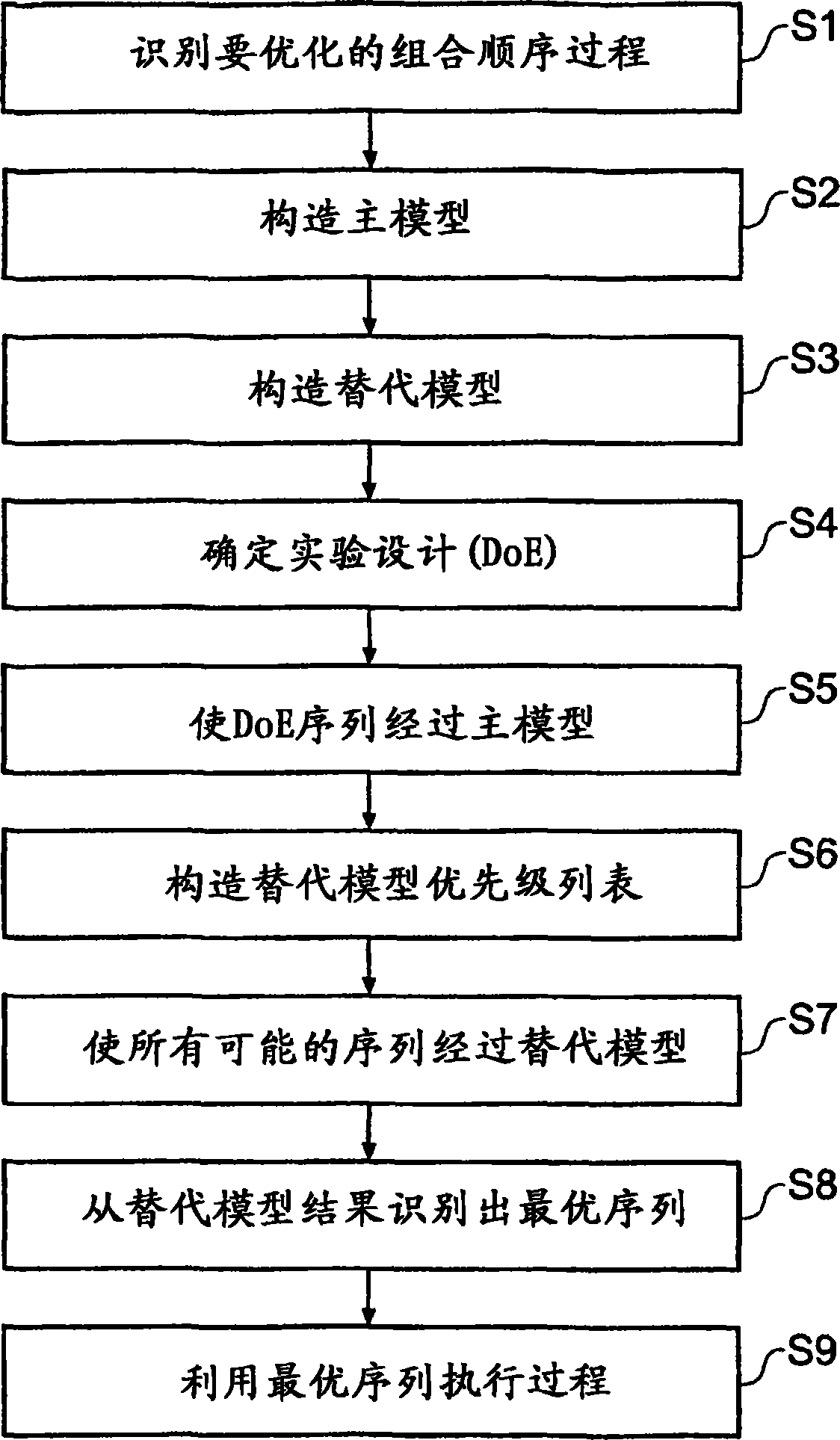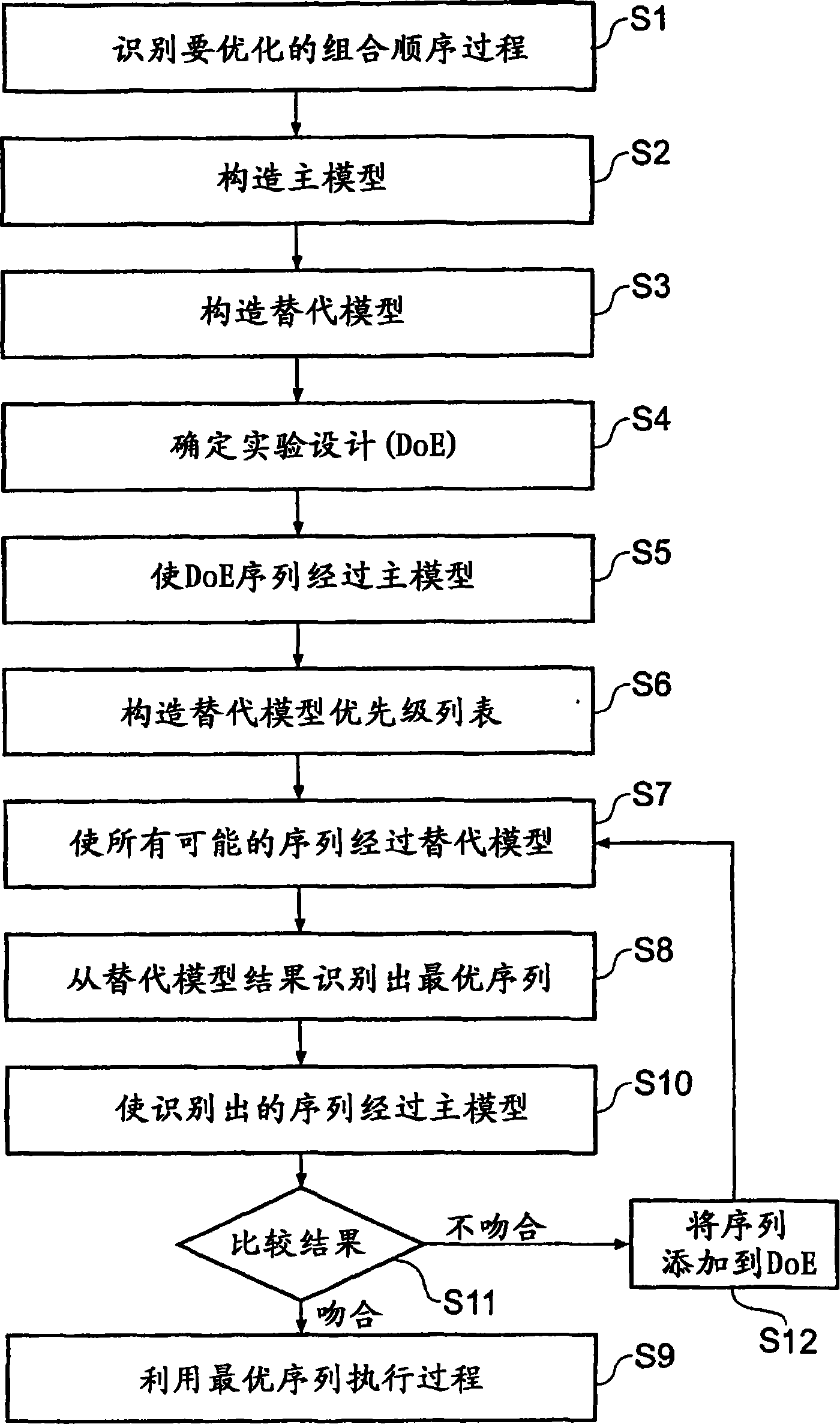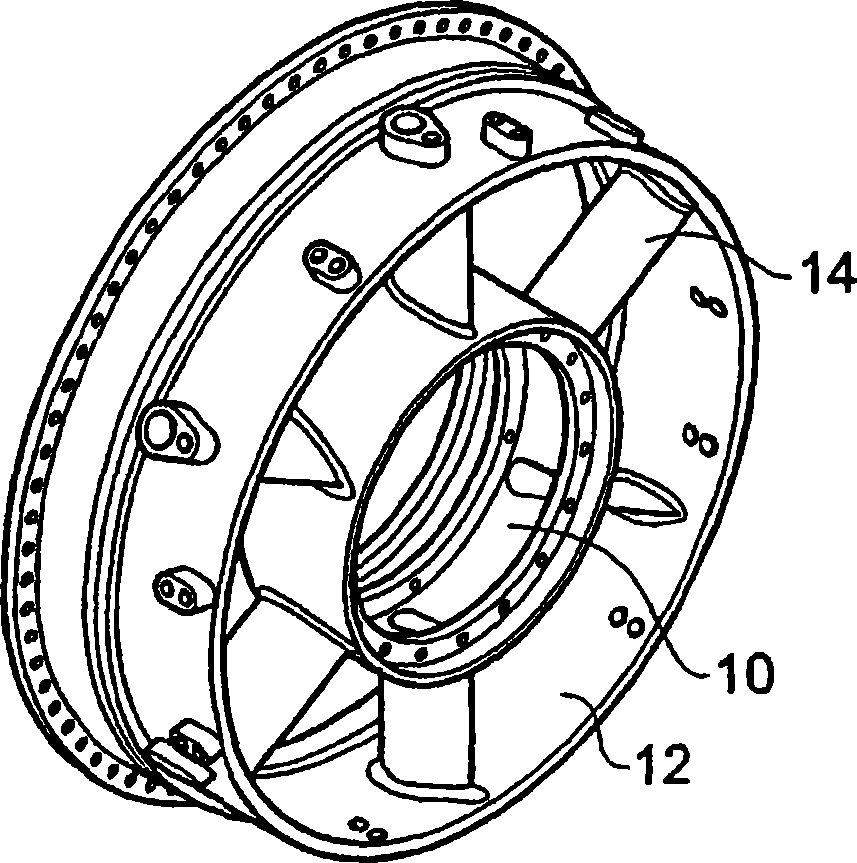Optimisation of sequential combinatorial processes
A sequential and sequential technology, applied in the optimization field of sequential combination process, can solve the problem of optimization without alternative models, and achieve the effect of reducing optimization time
- Summary
- Abstract
- Description
- Claims
- Application Information
AI Technical Summary
Problems solved by technology
Method used
Image
Examples
example 1
[0131] The invention will now be further described with reference to a more detailed example.
[0132] Consider a six-step process. These six steps can be performed in any order, and each step can be performed in one of two ways (for example, forward or backward, or at a first or second temperature). Sequencing and the choice of how each step is performed modifies the end result of the process. Let this end result be defined by the operating parameter X, and the desired property of the end result is such that the operating parameter has an optimal value X=0. In other words, operating parameters are minimized.
[0133] Each step or event is given a label, let this label be a number 1-6. Positive and negative values of these numbers will be used to indicate two ways to execute each event. Thus, a sequence of steps may, for example, be represented by [-6, 5, 3, 1, -4, 2], where each number is a marker indicating a particular event, and the position of each number in the seq...
PUM
 Login to View More
Login to View More Abstract
Description
Claims
Application Information
 Login to View More
Login to View More - R&D
- Intellectual Property
- Life Sciences
- Materials
- Tech Scout
- Unparalleled Data Quality
- Higher Quality Content
- 60% Fewer Hallucinations
Browse by: Latest US Patents, China's latest patents, Technical Efficacy Thesaurus, Application Domain, Technology Topic, Popular Technical Reports.
© 2025 PatSnap. All rights reserved.Legal|Privacy policy|Modern Slavery Act Transparency Statement|Sitemap|About US| Contact US: help@patsnap.com



